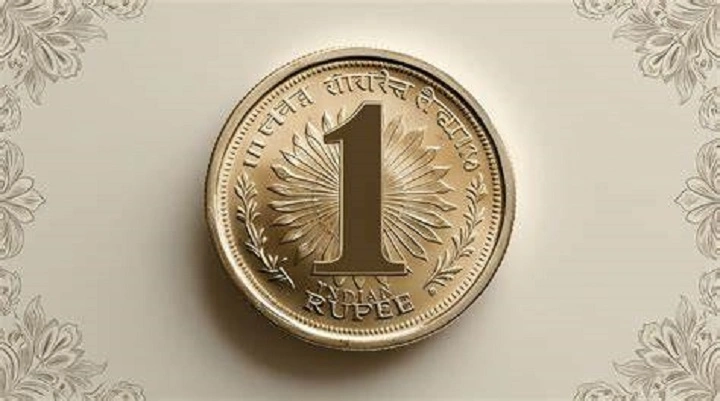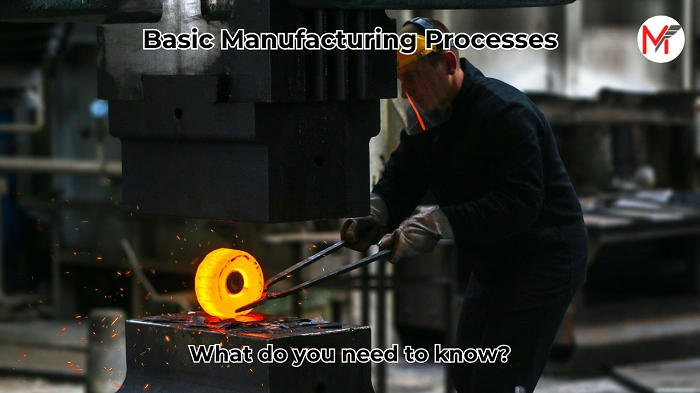Ever held a ₹1 coin and thought, “Yaar, isse banane mein kitna paisa lagta hoga?” I mean, it’s such a tiny thing—silver in color, fits snugly in your palm, and often ignored at the bottom of our wallets or piggy banks. But guess what? That little coin’s journey from raw metal to your pocket is more complicated (and sometimes more expensive) than you might think.
So, let’s spill the tea on the actual cost of making a ₹1 coin in India—because honestly, it’s a wild ride through economics, metallurgy, politics, and a whole lotta logic-defying numbers.
🏭 The Manufacturing Process – It Ain’t That Simple!
You might imagine that coins are just punched out of metal sheets and boom—they’re ready. Well… not quite.
Here’s a quick rundown of what goes into the making of a ₹1 coin:
1. Raw Materials
A ₹1 coin isn’t made of pure silver or anything fancy (thank God!). It’s usually composed of ferritic stainless steel—a mix of iron, chromium, and a bit of magic (okay, maybe not magic, but definitely metallurgy).
Now, metals aren’t cheap. Even these relatively common metals have fluctuating prices depending on global demand, mining costs, and—believe it or not—political stability in other countries. Yeah, it’s a whole global drama.
2. Designing & Minting
Once the material is ready, the mint (that’s the coin factory!) uses heavy-duty machines to:
- Cut blanks (that’s what unprinted coins are called),
- Stamp them with those beautiful Ashoka Lions and numeric values,
- Check for quality (yes, coins have quality checks too),
- Polish them, and
- Pack them for distribution.
This entire shebang happens at mints in Mumbai, Hyderabad, Kolkata, and Noida. And those aren’t your neighborhood workshops—they’re ultra-secure, high-tech government facilities.
💰 So, What’s the Actual Cost?
Drumroll, please…
According to various reports, especially some cheeky responses in the Indian Parliament over the years, the cost of minting a ₹1 coin ranges from ₹1.11 to ₹1.28 per coin. Yep—you read that right. Sometimes, the cost of making a ₹1 coin is more than ₹1 itself.
Let that sink in.
So technically, every time you get a ₹1 coin in change, the government might be losing money. Not a lot, but when you mint millions of them? Oof, that adds up.
🧐 Wait, Why Would They Spend More Than a Rupee to Make a Rupee?
Great question! And honestly, it’s kind of ironic, right?
But here’s the thing—governments around the world, not just India, sometimes spend more than face value to mint coins. It’s like that old saying: “Sometimes you gotta spend money to make money.”
In this case, coins are durable. Unlike paper notes, they last for years. A ₹1 note might tear, fade, or get ruined in the rain within a few months. But a coin? It can survive years in circulation, go through countless hands, fall between car seats, and still come out kicking.
So, from a long-term perspective, coins are like the tortoise in that classic race—they’re slow (costly upfront), but they last and last and last.
📉 Why Not Just Stop Making ₹1 Coins Then?
Oh, if only it were that simple.
There are a few good reasons the government can’t just stop minting ₹1 coins:
1. Everyday Transactions
That ₹1 coin might seem trivial to you, but for many people across the country, it’s still a vital denomination. Think of bus fares, tea stalls, vending machines, temple donations—you name it.
2. Psychological Pricing
Ever notice how things are priced at ₹9.99 instead of ₹10? Blame it on human psychology. That ₹1 coin completes so many retail transactions and helps shopkeepers give exact change.
3. No Suitable Replacement
Replacing the ₹1 coin with a note doesn’t make sense either. Notes wear out faster and cost more in the long run to replace. So it’s a case of “pick your poison.”
🤓 A Peek at Global Coin Economics
India’s not alone in this irony. The U.S. famously spends more than 1 cent to mint a penny. Canada, being the smart cookie it is, got rid of its 1-cent coin altogether. They round up or down to the nearest five cents. Neat, huh?
Maybe one day India might do something similar—scrap the ₹1 coin, or even move toward digital micro-transactions for such small amounts. But as of now? That one rupee coin’s still going strong… even if it’s bleeding a tiny hole in the exchequer’s pocket.
💡 Could We Reduce the Cost Somehow?
Now, you might wonder—can’t we just make the coins out of cheaper materials? Like plastic or, heck, aluminum foil? (Okay, maybe not foil. That’d be hilarious.)
But the material choice isn’t just about cost. It’s about:
- Durability (plastic would break down too easily),
- Anti-counterfeiting (cheap materials are easier to fake),
- Public acceptance (would you take a flimsy plastic ₹1 coin seriously?),
- Compatibility with vending machines and coin sorters.
That’s a lot to juggle.
Still, the mints are always experimenting. Over the years, coin designs and materials have changed. The earlier ₹1 coins were heavier and shinier. Today’s ones are lighter, duller, and often confused with foreign tokens (especially by old-school shopkeepers 😅).
🤯 Fun Fact Time!
- The government once made commemorative ₹1 coins with special designs—like for Jawaharlal Nehru’s birth anniversary. Bet you didn’t know that!
- The average lifespan of a ₹1 coin? Around 20 years. That’s two decades of jingling around.
- Sometimes, the scrap value of the metal in the coin is actually less than the cost of minting. It’s not just the material—it’s the entire minting process that drives up the cost.
🧾 A Real-Life Example
I once dropped a ₹1 coin in a coffee shop. The waiter just looked at it, smiled, and said, “Aap rakh lo, sir. Isse zyada main tip bhi nahi le sakta.” I laughed, but then thought—what if he knew that coin cost the government ₹1.20 to make?
Would he still brush it off like that?
It’s kinda wild how value is more about perception than actual cost. That humble coin, sitting forgotten under your couch, might’ve taken a whole factory, several workers, and quite a few rupees to come into existence.
🧠 The Bigger Picture: Why This Matters
So why should you care how much it costs to make a ₹1 coin? Well, it’s about more than just coins. It’s about understanding the hidden costs of everyday things, the economics that run behind the scenes of our lives.
It’s easy to dismiss small change as useless or annoying. But behind every tiny coin is a chain of decisions, investments, and logistics that keep the country’s financial gears turning.
And honestly? Knowing this kind of stuff just makes you feel a little smarter the next time you get change back from a store, right?
📌 Wrapping It Up (And Giving You Change)
Alright, let’s recap:
- The ₹1 coin can cost more than ₹1 to make—up to ₹1.28, depending on materials and processing.
- Despite that, it’s still minted because it’s durable, necessary, and part of everyday Indian life.
- Replacing it isn’t so easy, and cheaper alternatives have their own baggage.
- Globally, this isn’t unique to India—many countries face the same coin-cost conundrum.
So the next time you see that shiny (or not-so-shiny) ₹1 coin, give it a moment of appreciation. It’s small, it’s mighty, and it’s definitely not as cheap as it looks.
Oh—and maybe don’t just toss it in the tip jar like it’s nothing. That coin’s been through a lot to get to you.





